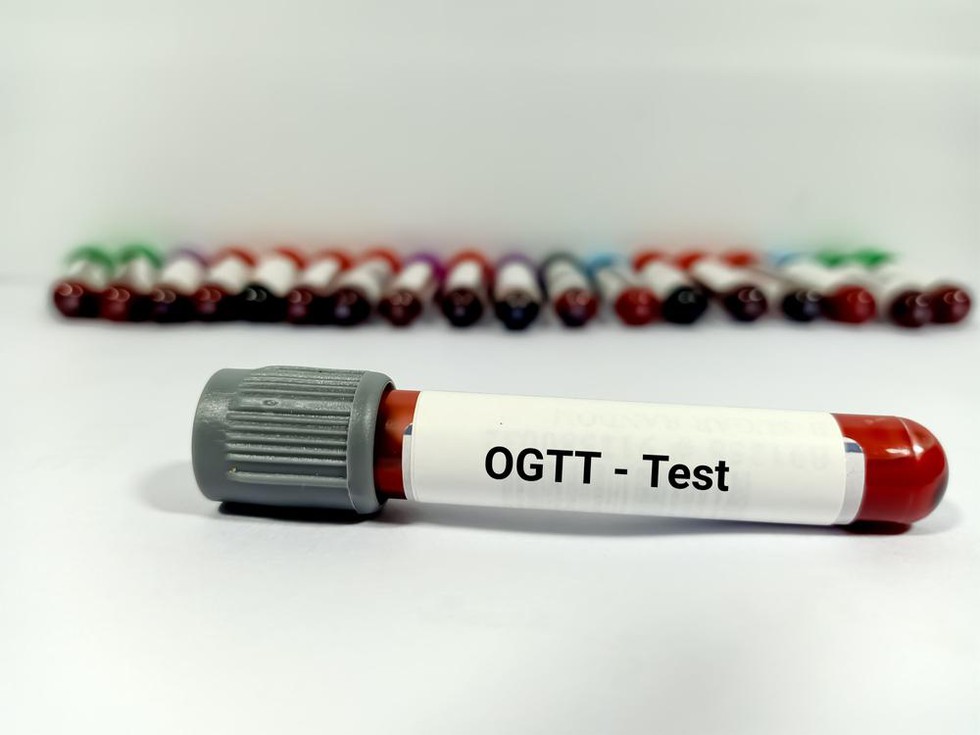About Oral Glucose Tolerance Test (OGTT):
- OGTTs are done to measure how well the body can process large amounts of sugar.
- Procedure:
- The person fasts overnight, and in the morning, is given a fixed dose of glucose, usually in the form of a sweet drink.
- Blood samples are taken at 30-minute intervals for 2 hours.
- If the blood sugar reading is above a certain level, this could be a sign that sugar is not being absorbed fast enough by the body’s organs.
- Then diabetes, or gestational (pregnancy-related) diabetes, might be at the root of this problem.
- In gestational diabetes, blood sugar levels are often higher due to changes in the metabolism during pregnancy, but they usually come back down again after the child is born.
- Diabetes can lead to heart disease, nerve damage, eye disease, and kidney damage.
What is the HbA1c test?
- A hemoglobin A1C (HbA1C) test is a blood test that shows what your average blood sugar (glucose) level was over the past two to three months.
- Glucose in your blood sticks to hemoglobin, a protein in your red blood cells (RBCs).
- As your blood glucose levels increase, more of your hemoglobin will be coated with glucose.
- HbA1c is what’s known as glycated haemoglobin.
- An HbA1c test measures the percentage of your RBCs that have glucose-coated hemoglobin.
- RBCs are active for around 2-3 months, which is why the reading is taken quarterly.
- No preparation is needed for this test.
- A high HbA1c means you have too much sugar in your blood.
